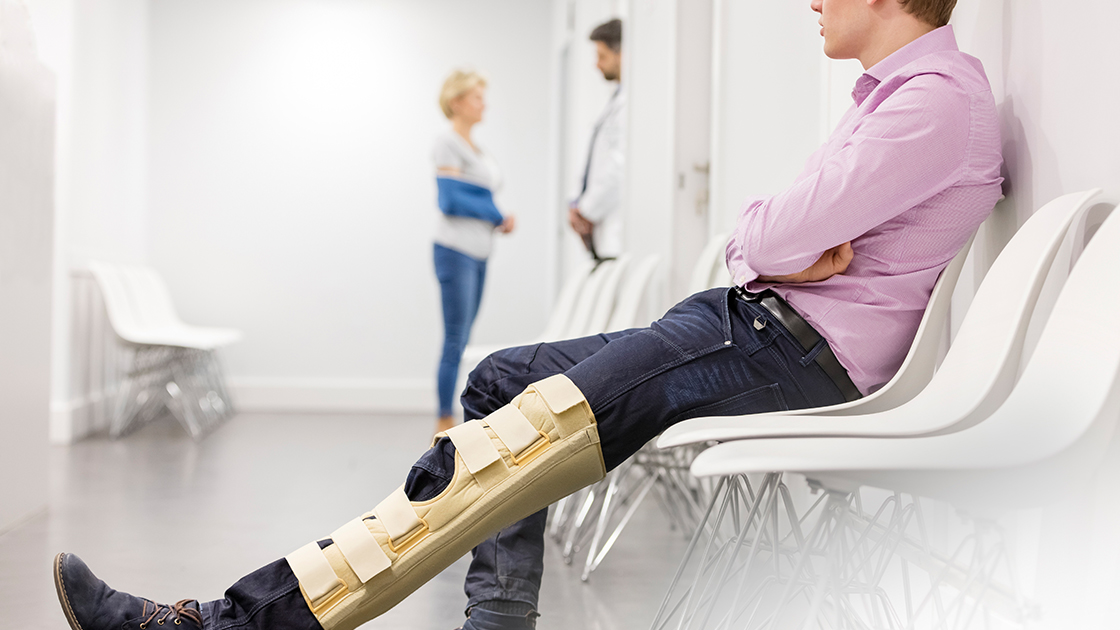Page Contents
Fractures, commonly referred to as broken bones, are painful and often debilitating injuries that affect millions of people worldwide. The process of healing a fracture typically involves immobilization through casts or splints, and the waiting game as the body’s natural regenerative mechanisms slowly repair the damaged bone. However, emerging on the medical scene is a promising approach known as Laser Therapy, which aims to accelerate and enhance the healing of fractures, reducing pain and recovery time. Let’s explore the potential of Laser Therapy in achieving speedy fracture healing.
The Challenge of Fracture Healing
When a bone fractures, the body immediately initiates a complex and well-orchestrated process of repair. It involves the formation of a soft callus, which later transforms into a hard callus, and finally, the remodeling of bone tissue to restore strength and function. However, this natural healing process can be slow, and complications such as delayed union or nonunion, where the bone fails to heal properly, may occur. Fracture healing also commonly entails pain, discomfort, and the necessity for extended periods of immobilization.
The Role of Laser Therapy
Laser Therapy, also known as Low-Level Laser Therapy (LLLT) or cold laser therapy, has gained recognition for its potential to expedite fracture healing. It utilizes specific wavelengths of light to stimulate cellular activity and improve various biological processes, such as reducing inflammation, increasing blood flow, and enhancing tissue repair.
Reduction of Inflammation
Inflammation is a natural response to injury, including fractures, but excessive or prolonged inflammation can hinder the healing process. Laser Therapy can help reduce inflammation by modulating inflammatory mediators and promoting the clearance of inflammatory substances. This minimizes swelling and discomfort, creating a more conducive environment for healing.
Enhanced Blood Flow
Laser Therapy enhances microcirculation, which increases blood flow to the fractured area. Improved circulation ensures that the injured bone receives essential nutrients, oxygen, and growth factors that are vital for optimal healing. This improved blood supply accelerates the regeneration of bone tissue.
Tissue Regeneration
Laser Therapy stimulates the production of adenosine triphosphate (ATP), a molecule essential for cellular energy. This boost in energy production promotes tissue repair and regeneration, facilitating the transformation of the soft callus into a hard callus. Additionally, Laser Therapy encourages collagen production, which is crucial for rebuilding strong and healthy bone tissue.
Pain Management
Fractures often come with pain, and Laser Therapy can assist in pain management by interacting with nerve cells. It encourages the release of endorphins, which are the body’s natural pain relievers, providing relief without the need for excessive pain medication.
The Effectiveness of Laser Therapy
The effectiveness of Laser Therapy for fracture healing can vary depending on several factors, including the type and location of the fracture, the individual’s overall health, and the consistency of treatment. While more research is needed to establish the full scope of its efficacy, clinical studies and anecdotal evidence suggest that Laser Therapy can expedite fracture healing, reduce pain, and minimize complications.
Laser Therapy is frequently included in a comprehensive treatment plan. This plan may also involve other interventions, like using casts or splints for immobilization and participating in physical therapy. This comprehensive approach ensures that healthcare providers address all aspects of fracture management to achieve the best possible outcome.
Conclusion
Laser Therapy’s potential to expedite fracture healing offers hope for those who have endured the challenges of bone injuries. It may not be suitable for every type of fracture. However, its non-invasive nature, minimal side effects, and potential to enhance the body’s natural healing mechanisms make it an attractive option. This therapy is especially appealing for individuals looking for quicker recovery and pain relief. To determine if Laser Therapy is the right treatment for your fracture, it’s crucial to consult with a healthcare professional. They will assess your condition and provide guidance on the most appropriate approach. Consulting with a healthcare provider is essential for personalized care. As medical research progresses, Laser Therapy is expected to become more important in managing fractures. It offers a promising route to faster healing and a quicker return to an active, pain-free life. Its role in fracture management is set to expand.
